Now that the election is (finally) behind us, it is time to remember that the end of the financial year is just around the corner – as is the start of the next one. June 30 is a bit less than five weeks away. So, now is the time to make sure your super contributions are up to date.
Concessional Contributions
Remember, there are two types of super contributions. Concessional contributions are those that you (or your employer) can claim a tax deduction for. They are taxed at a rate of 15% in the hands of your super fund. So, if your personal marginal tax rate is greater than 15%, you reduce your overall tax bill by making concessional contributions.
As an example, if you have an income of $75,000, then your marginal income tax rate is 32.5%. If you choose to make an extra concessional contribution of, say, $1,000, then you will also reduce your tax bill by $325. So, you only actually give up $675 of spending power (which is $1,000 minus the $325 tax you would normally pay on that $1,000). The $1,000 is then subject to 15% tax within your super fund, leaving $850 in the fund after tax.
So, you can ‘buy’ an asset within your superfund of $850, and it only costs you $675 of spending power. Basically, your after-tax investment of $675 reaps an immediate return of $175 ($850 minus $675). This is almost 26% of the $675 – and you get this return as soon as you and your super funds lodge your tax returns.
A 26% return is a pretty good head start for whatever investment your super fund then makes, which is why it almost always makes sense to top up your concessional contributions. The concessional contribution limit per person for the current financial year is $27,500. This includes any amount your employer may have contributed on your behalf. For example, if you have a salary of $75,000, then your employer should have contributed 10% of this, or $7,500, into super on your behalf. You could then make extra concessional contributions of up to $20,000.
Non-Concessional Contributions
A non-concessional contribution is one for which you do not claim a tax deduction. Consistent with that, the super fund that receives the contribution does not pay tax on the contribution. The main advantage of non-concessional contributions is that the returns on the investment that is then made within the super fund are taxed at the rates applying to super. The highest of these rates is 15%, but the tax rate can fall to 0% depending on how long the superfund holds an investment asset and whether the super fund is also paying you a pension.
In the current financial year, the cap per person on non-concessional contributions is $110,000. However, because people often use the ‘bulky’ proceeds of an inheritance, or an asset sale such as when they sell a business, people are typically allowed to average larger non-concessional contributions out over a period of up to three years. If you had, say, $330,000 from an inheritance, you could contribute it all into super. This would then stand as your non-concessional contribution for this financial year (2021/2022) and for the 2022/2023 and 2023/2024 financial years as well. This means that you could not make further non-concessional contributions into super in the next two years.
Remember, though, the end of one financial year also means the start of the next one. So, if you have more than $330,000 that you want to contribute, you could contribute $110,000 before the end of June, using this year’s limit, before contributing up to a further $330,000 in early July, taking the carry-forward period into the 2024/2025 year.
Downsizer Contributions
Downsizing is where you sell a family home to buy a smaller, and potentially cheaper, family home. If the second home is cheaper, then you will be left with a cash surplus. Because that surplus is from the sale of a family home, there is no tax paid on it. Under certain conditions, you can deposit up to $300,000 that you have received in this manner into super as a further non-concessional contribution. This is the limit for each person, so if you are part of a couple and you owned the old home together, then between you $600,000 can be contributed into super.
The main conditions are that you need to be aged between 60 and 77 and that the home you sell was yours for at least ten years. So, this benefit really is meant for people who are selling up a long-term family home to move into a smaller home for their retirement.
The June 30 Deadline
The June 30 deadline is ‘hard and fast.’ To access the benefits attached to the different types of contribution, the money really needs to ‘hit’ your superfund before June 30. That is why we are writing this now, before the end of May. If you are thinking about optimizing your super this year, give us a call and let us help you get your super contributions where they need to be well before the deadline.






